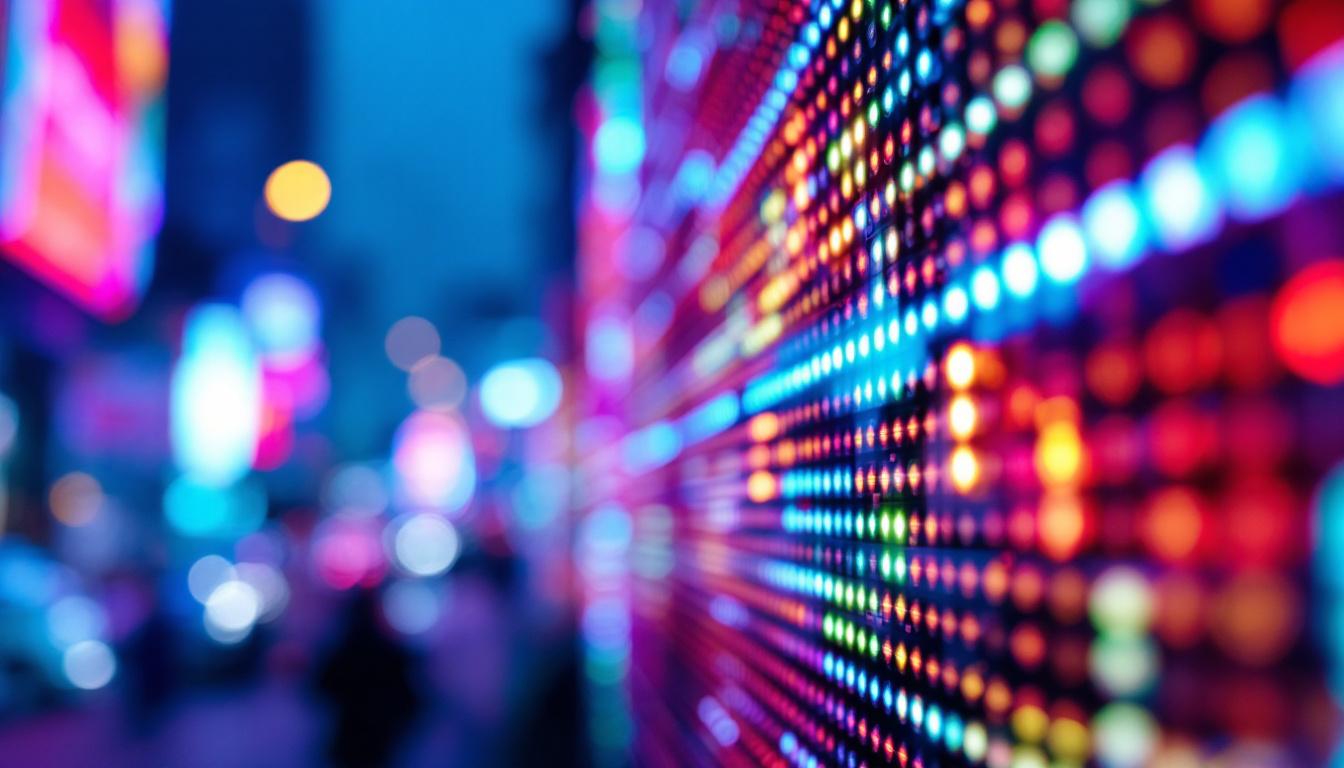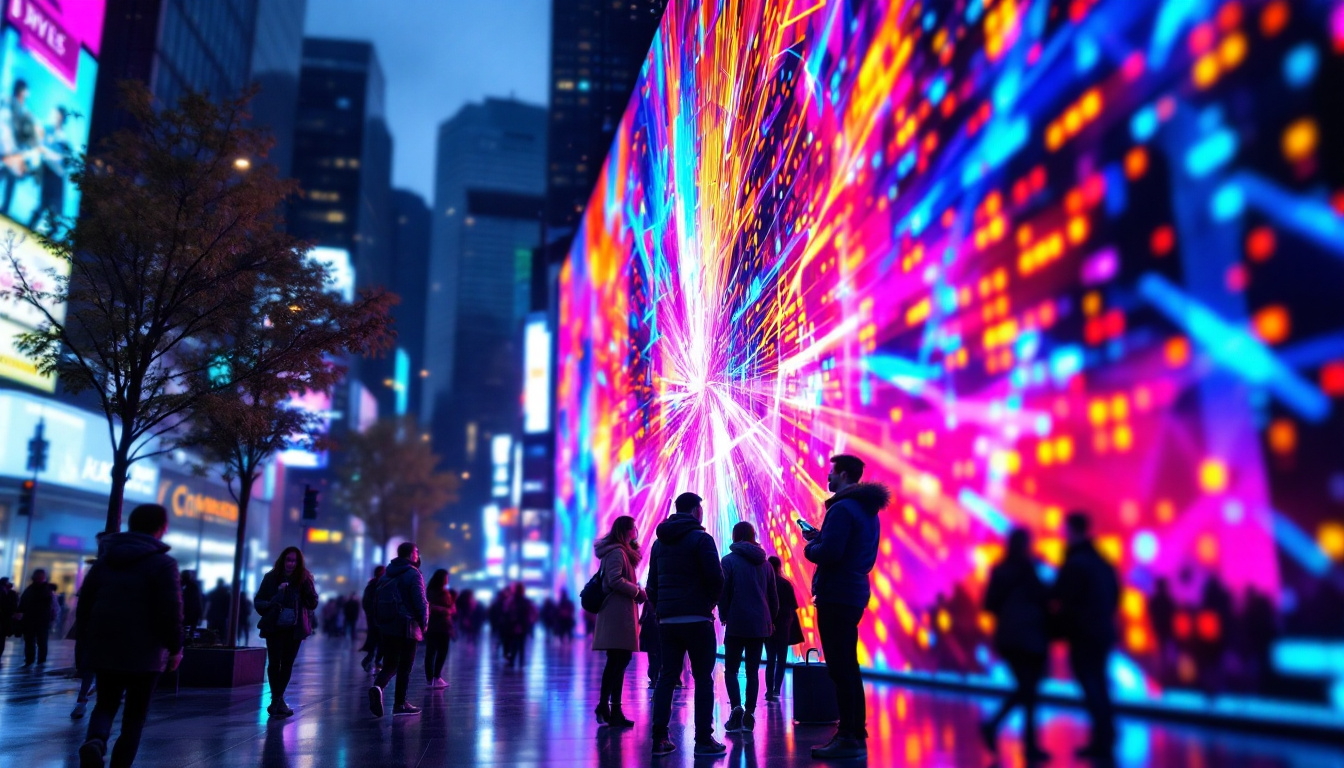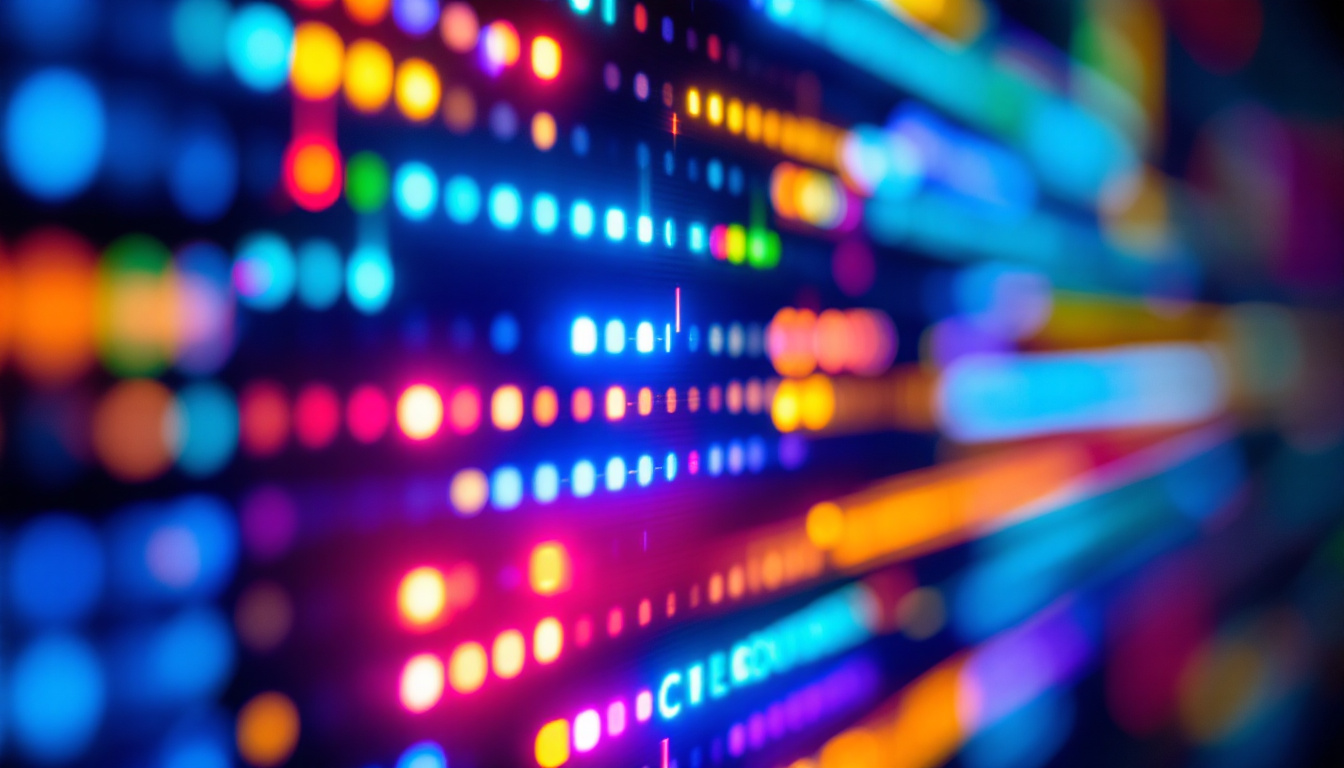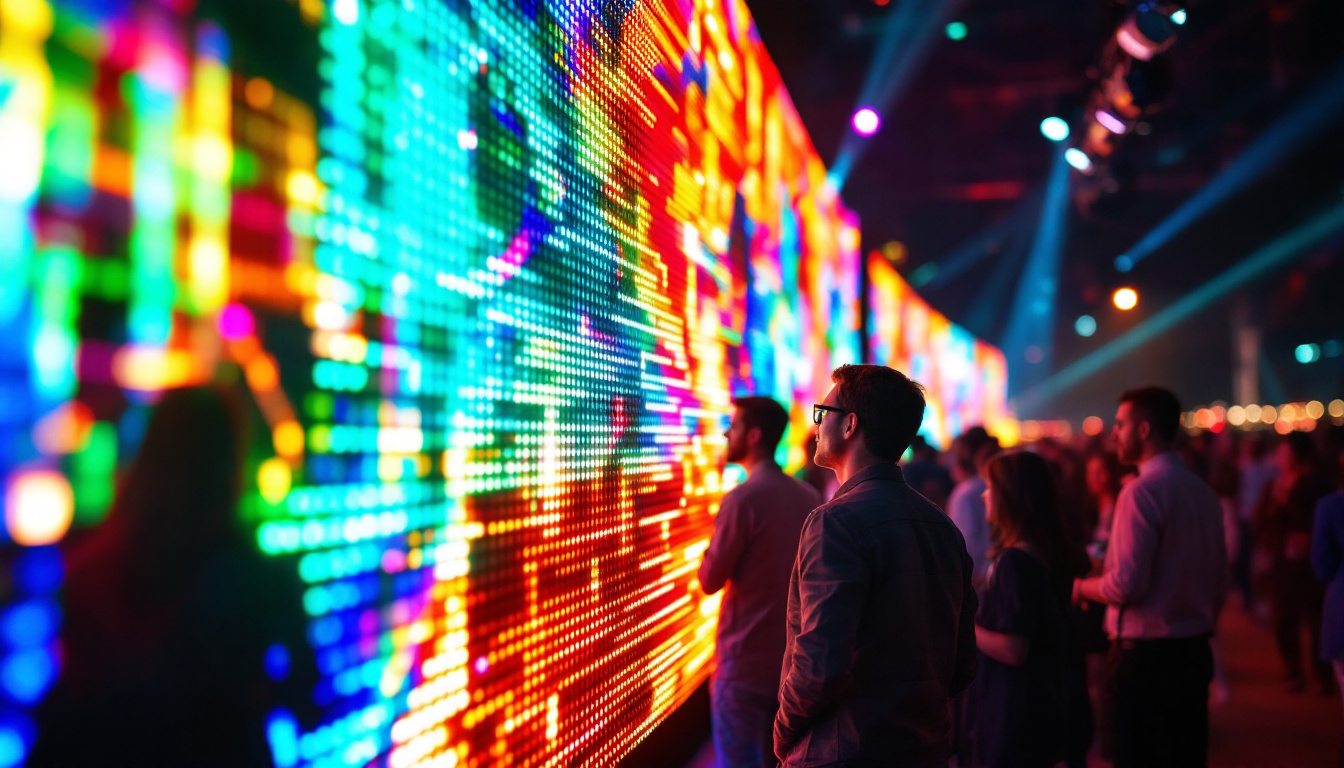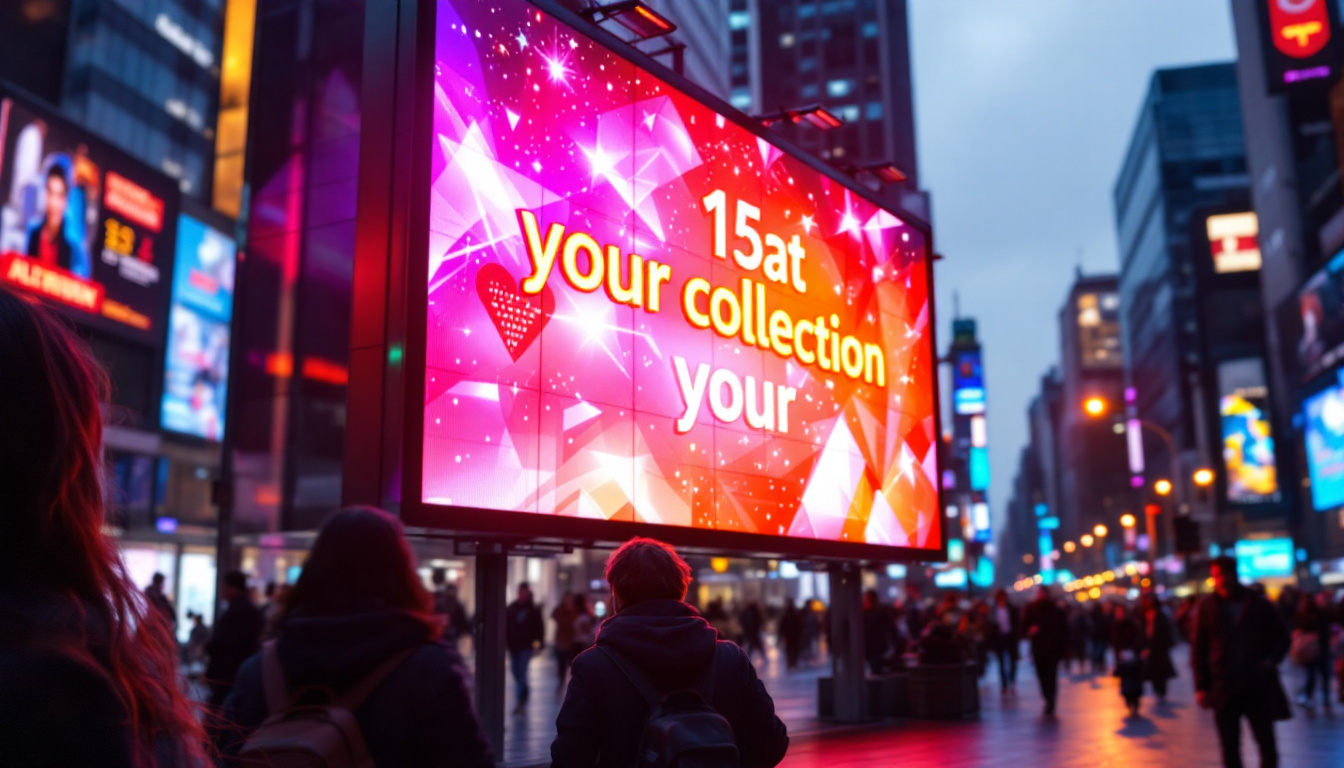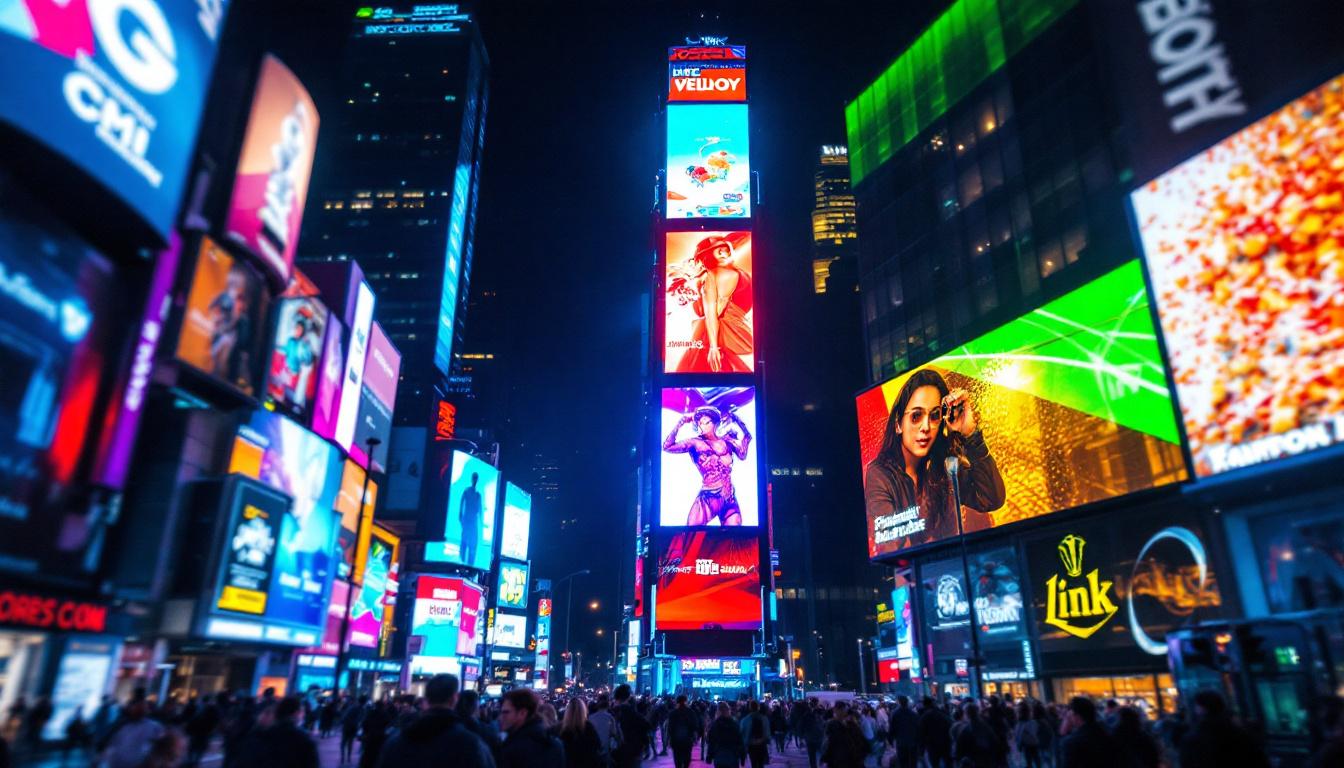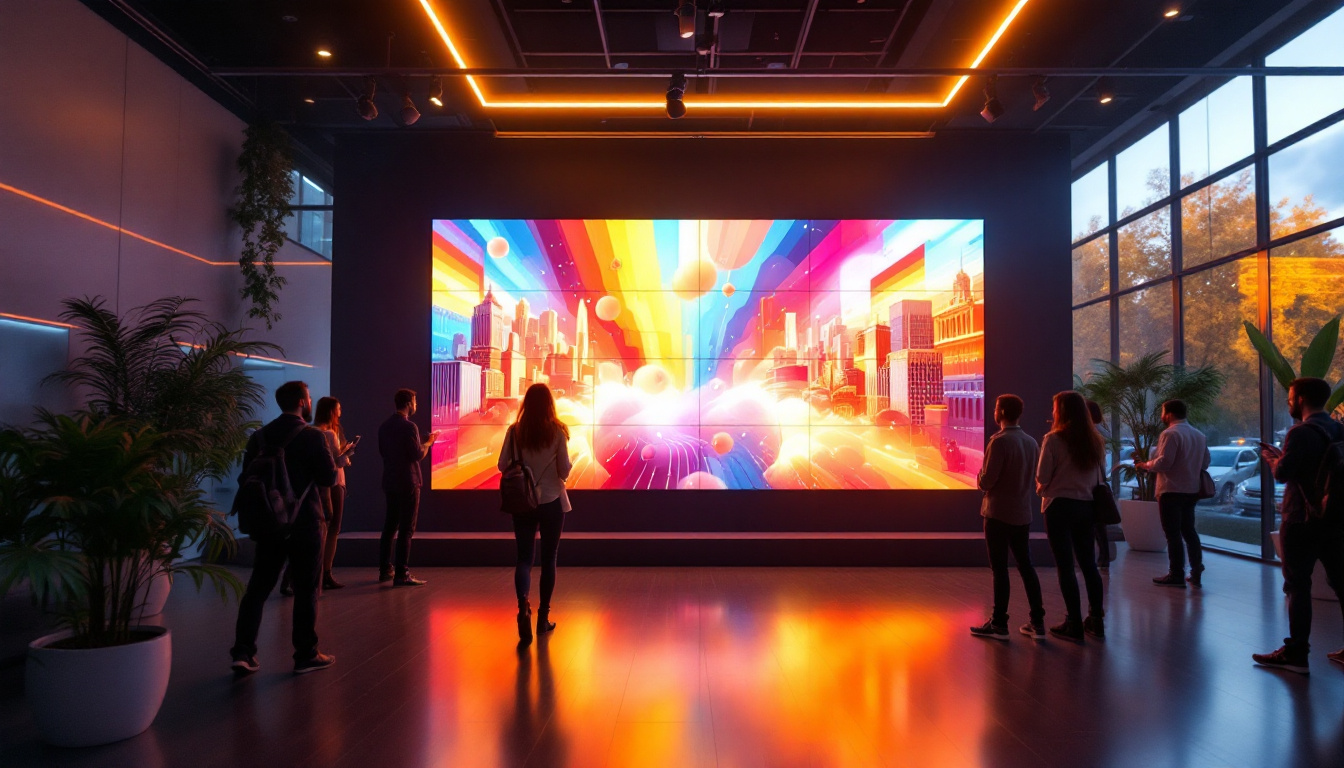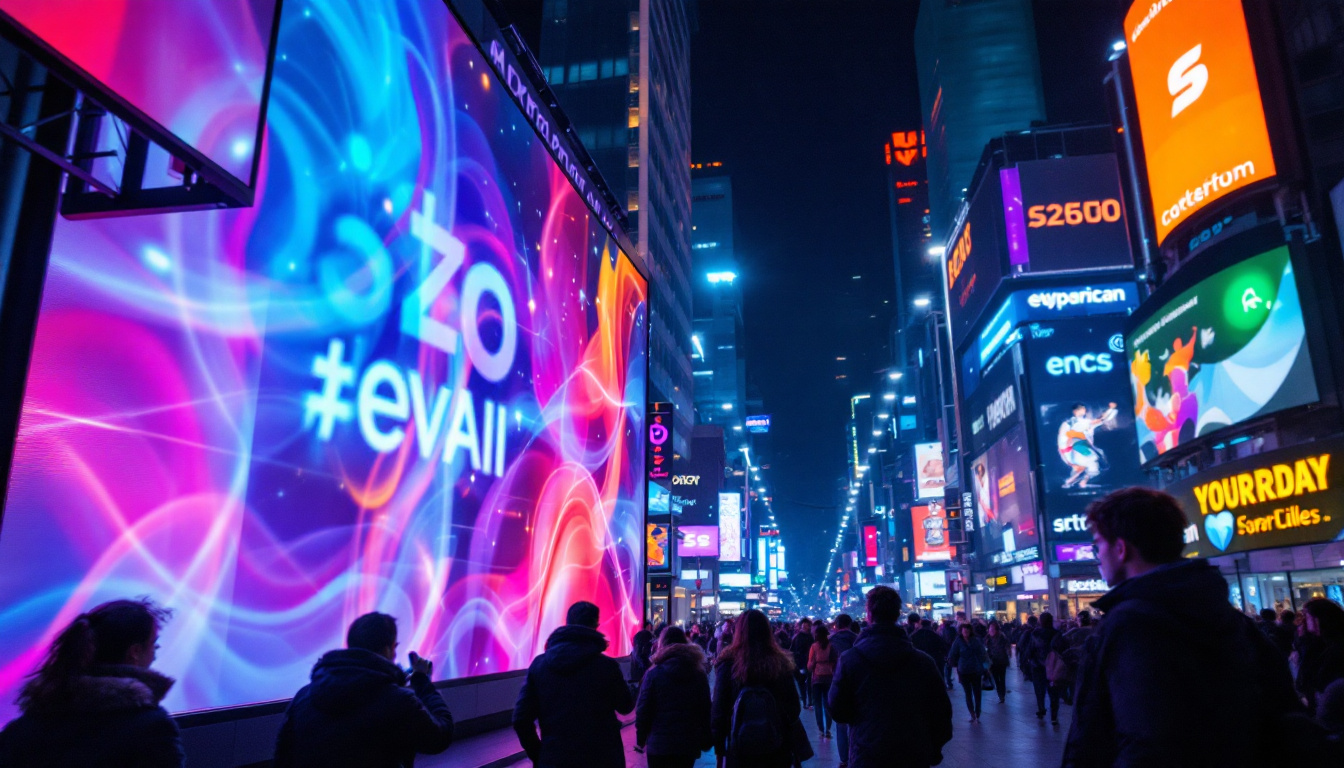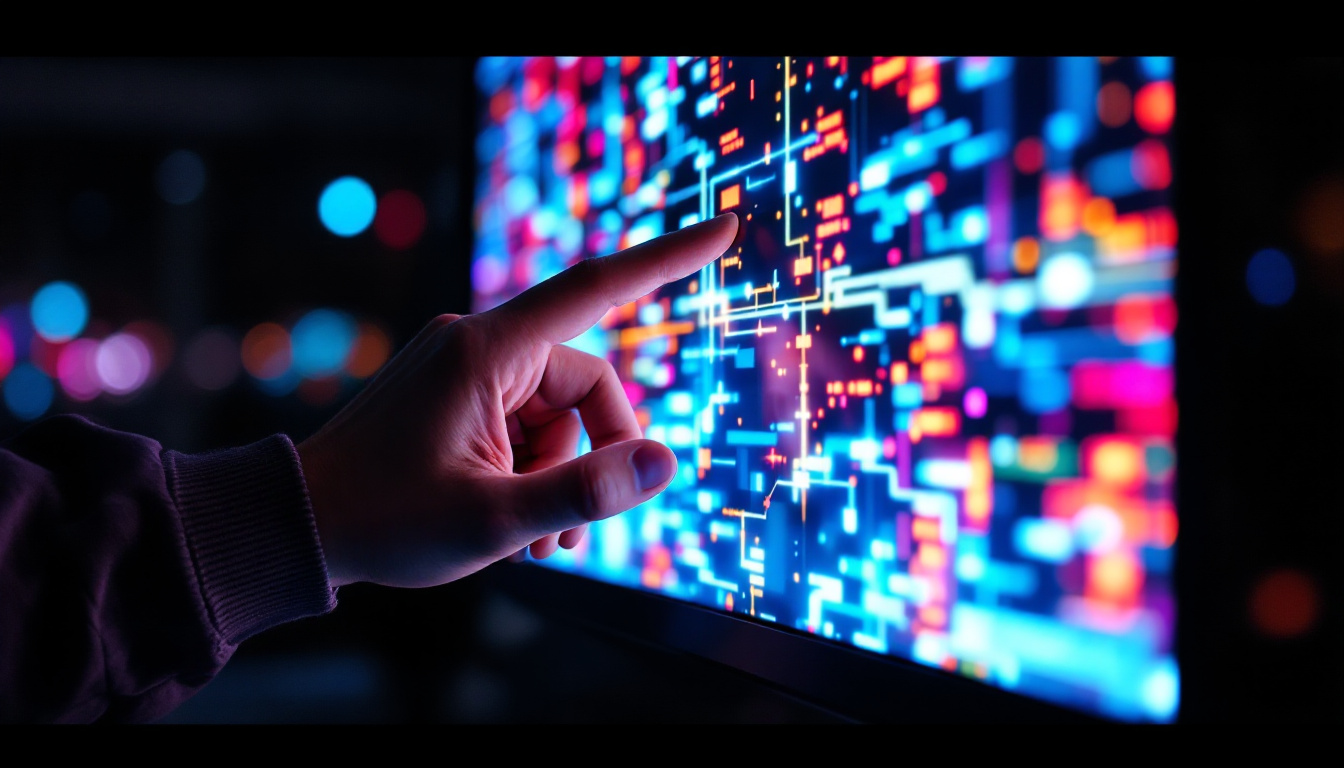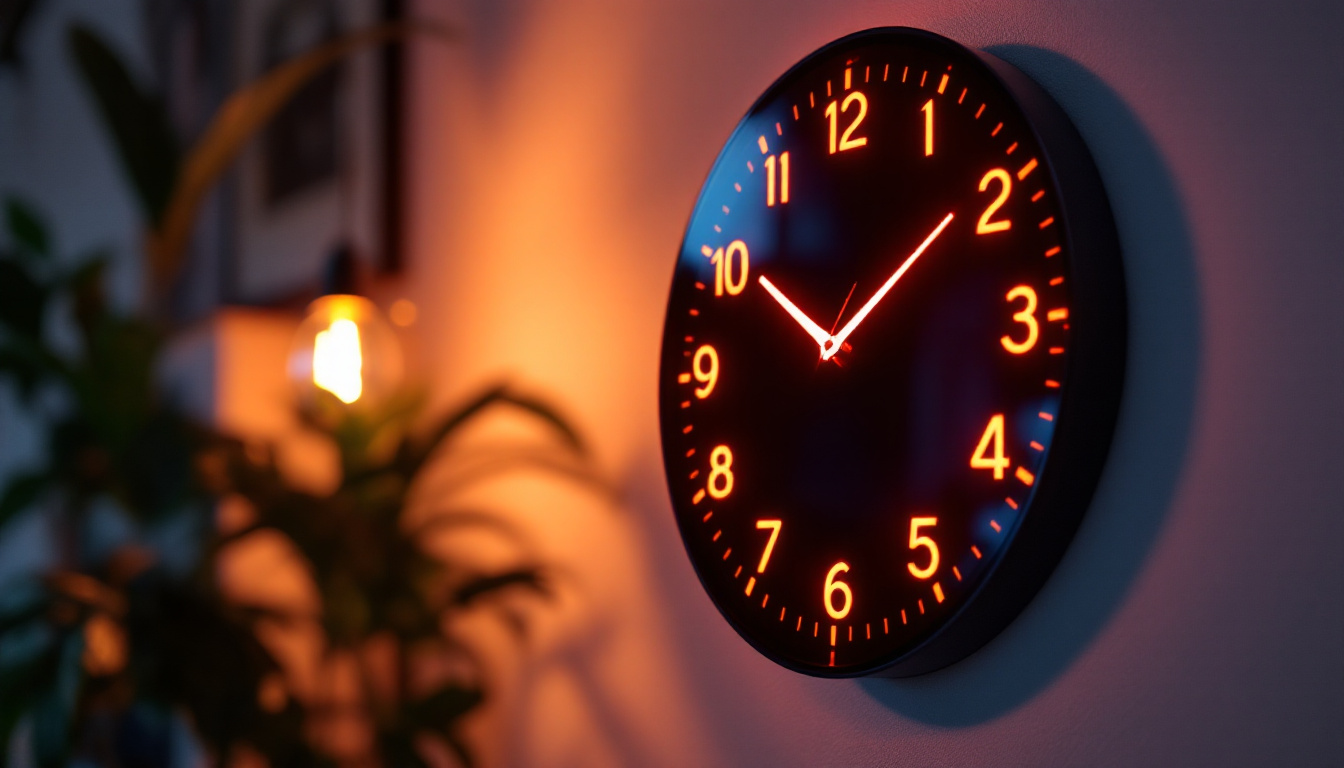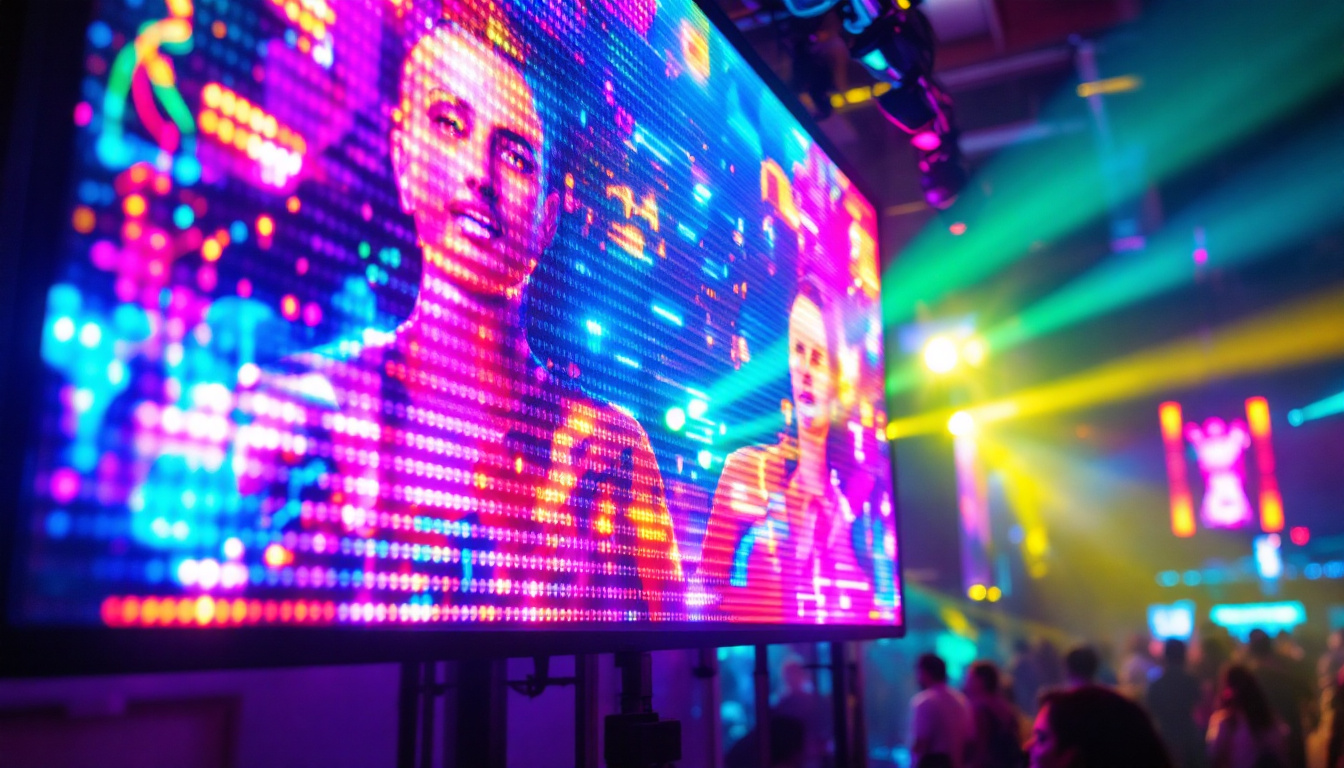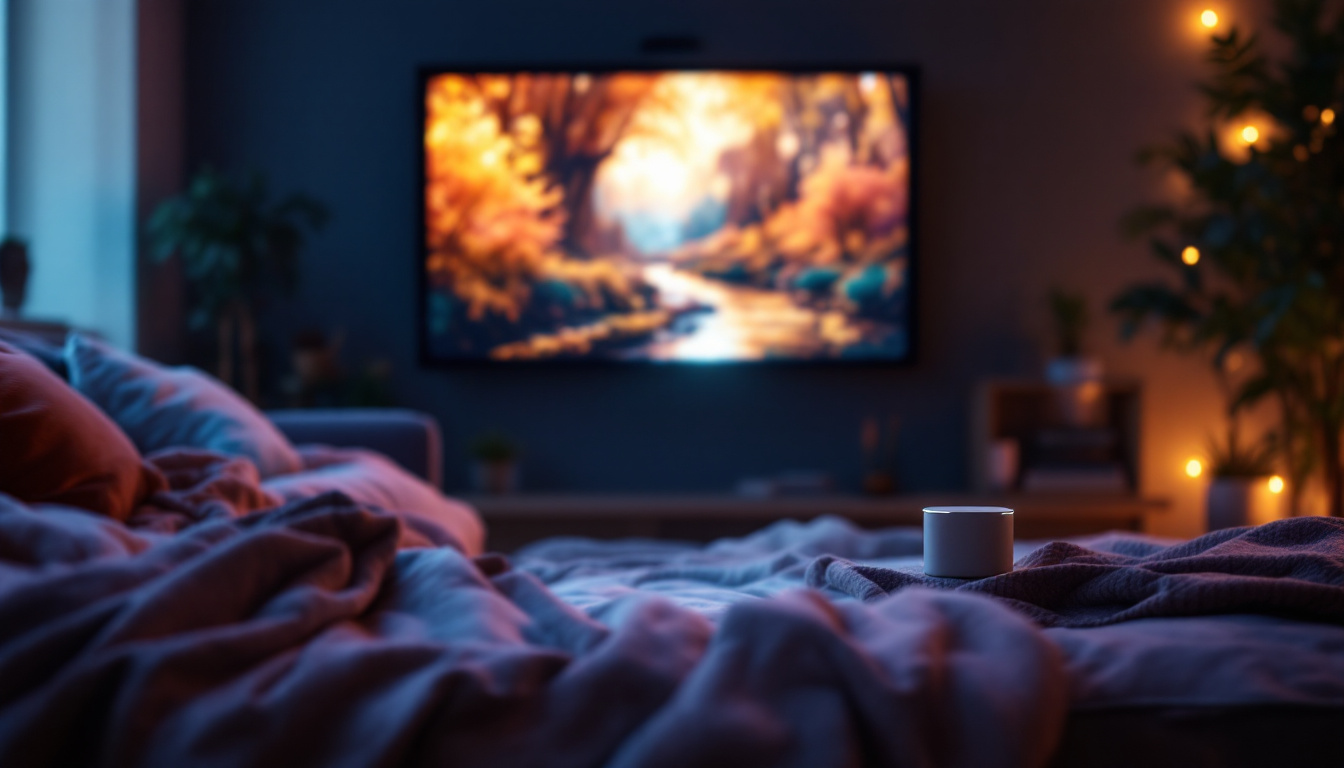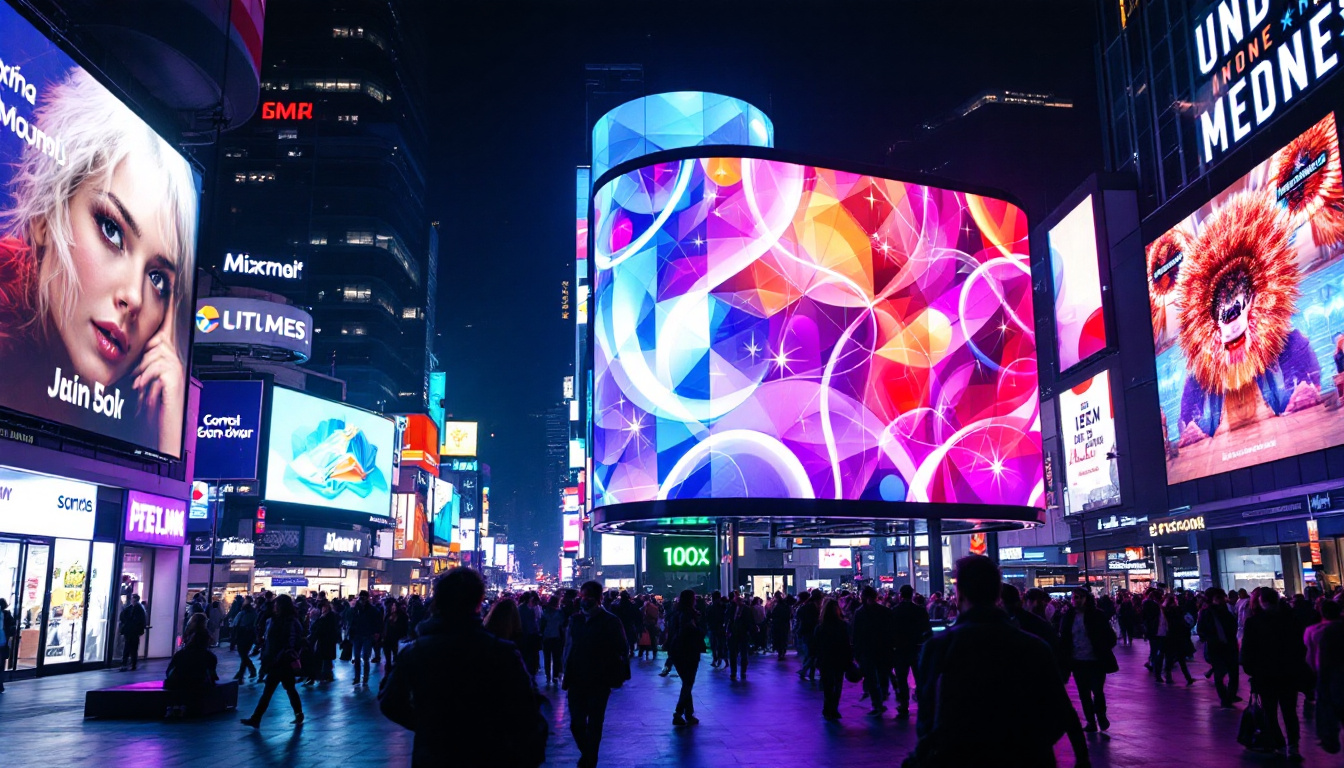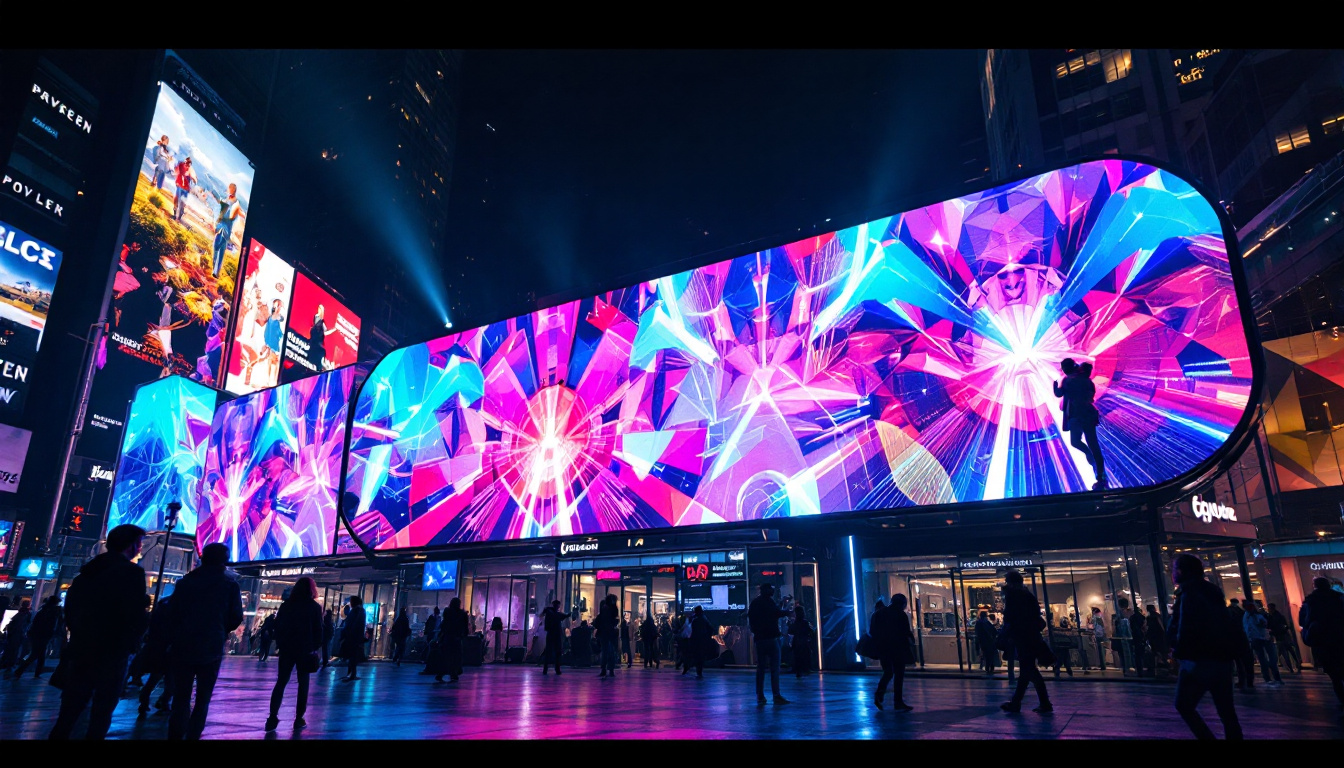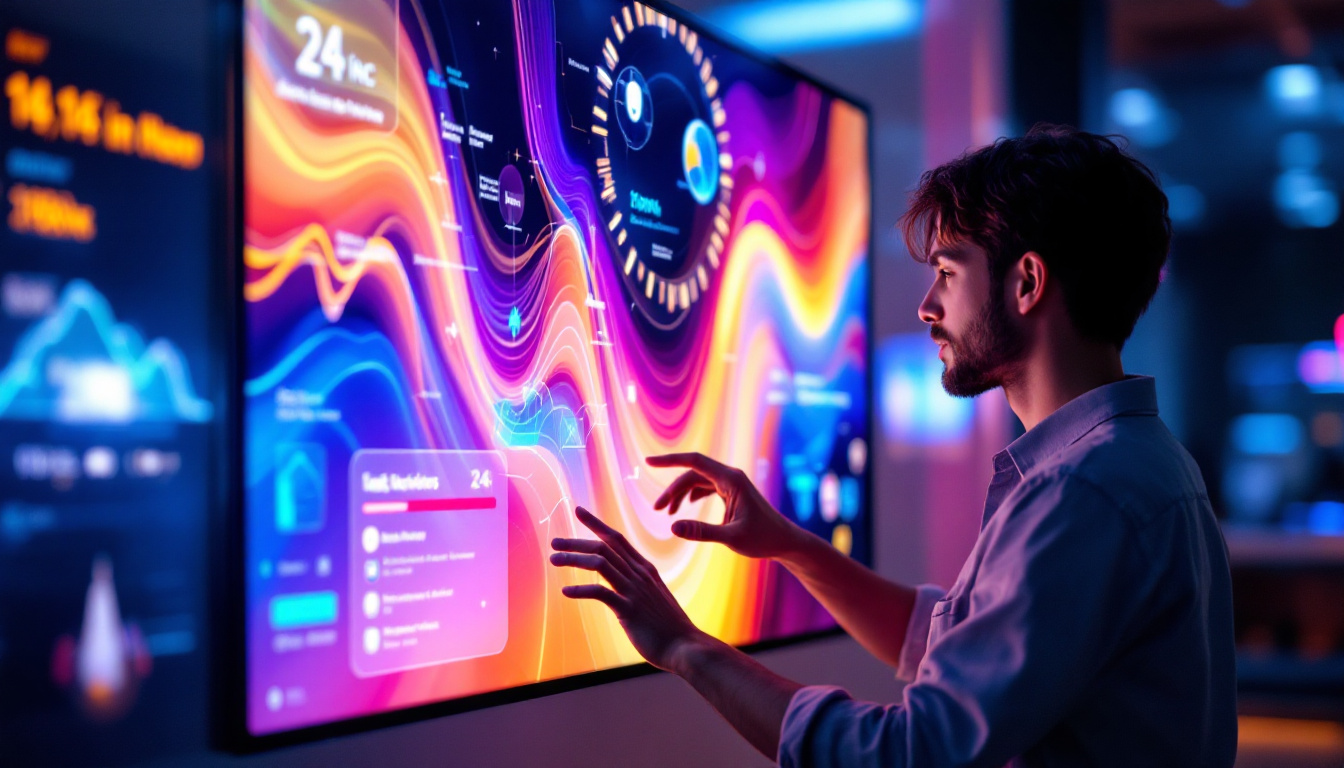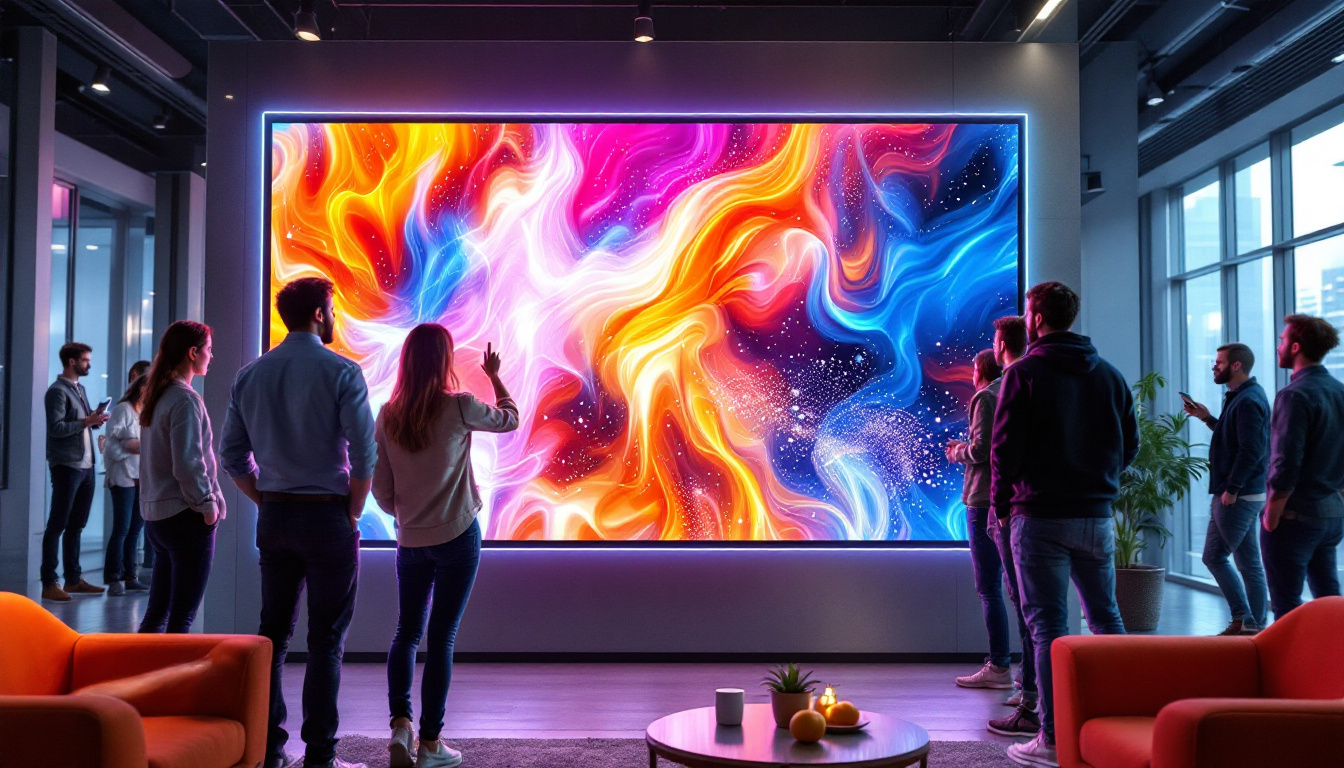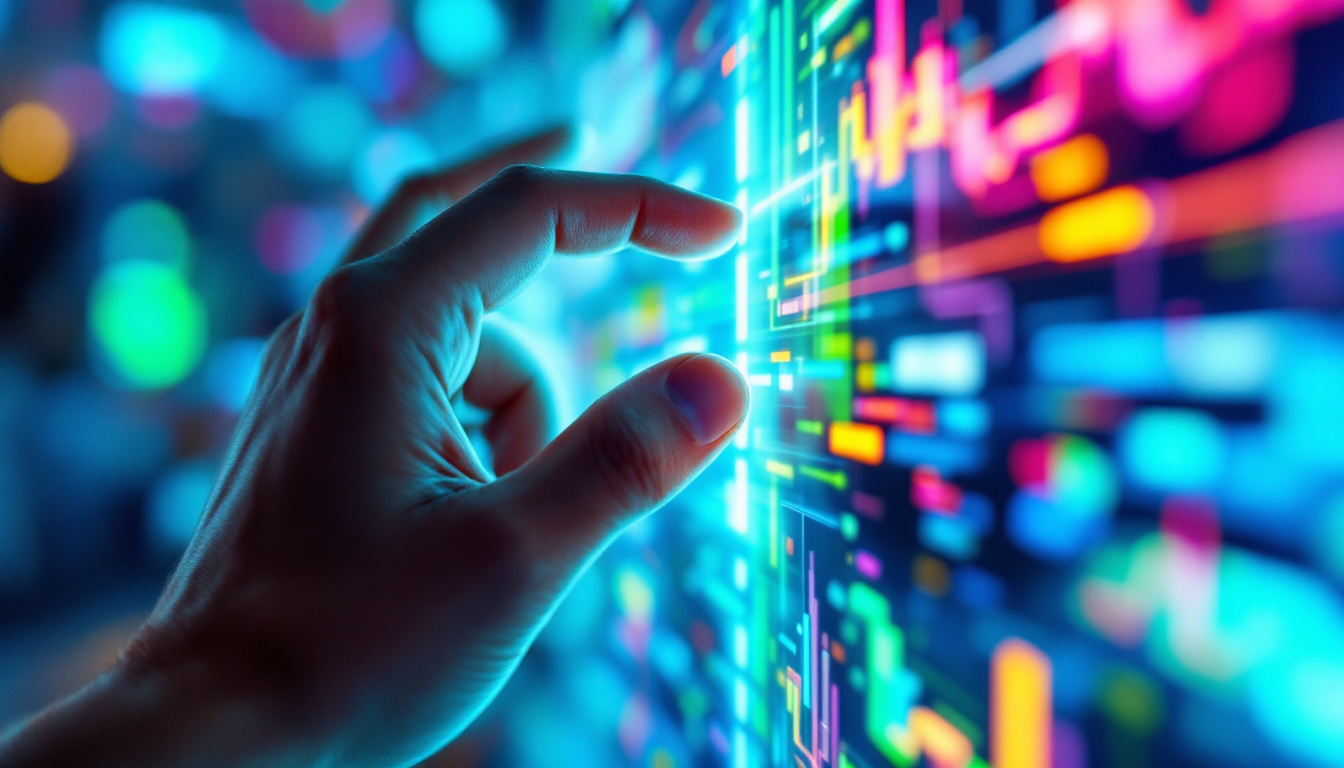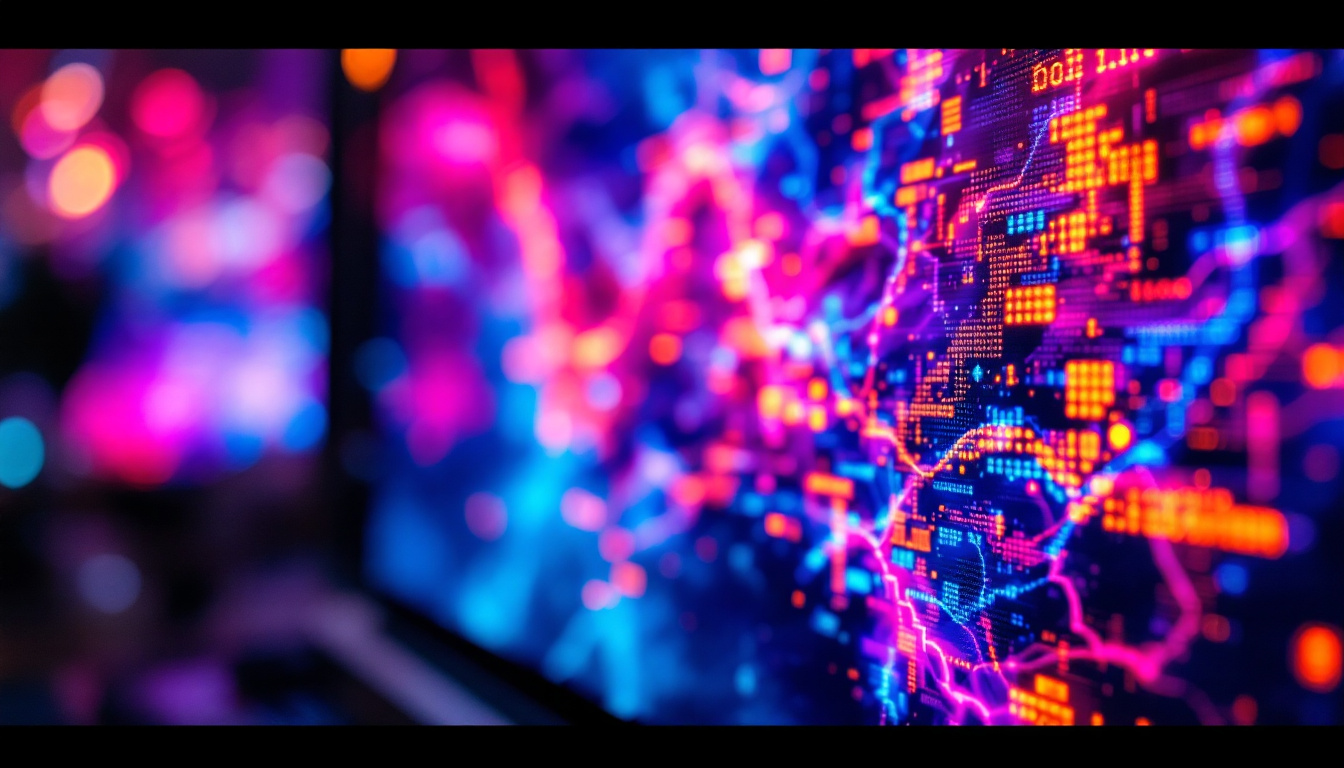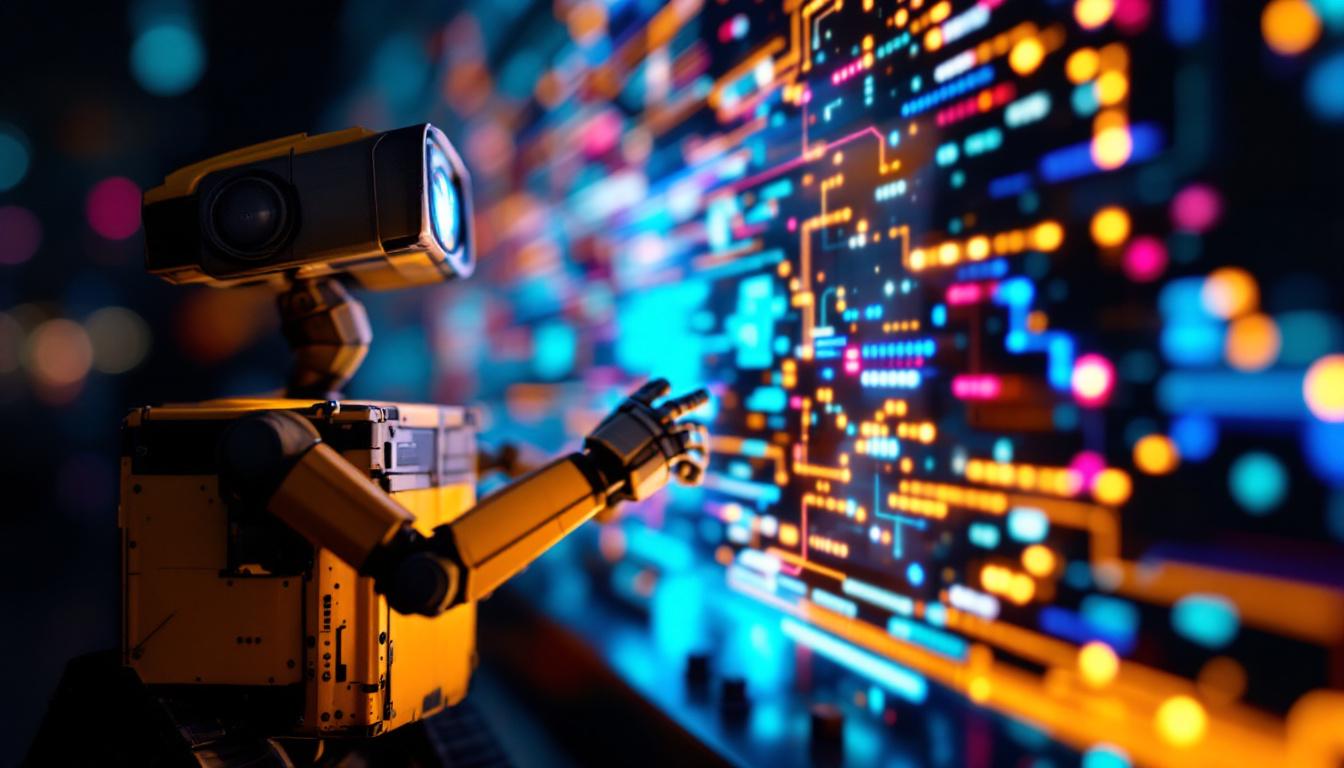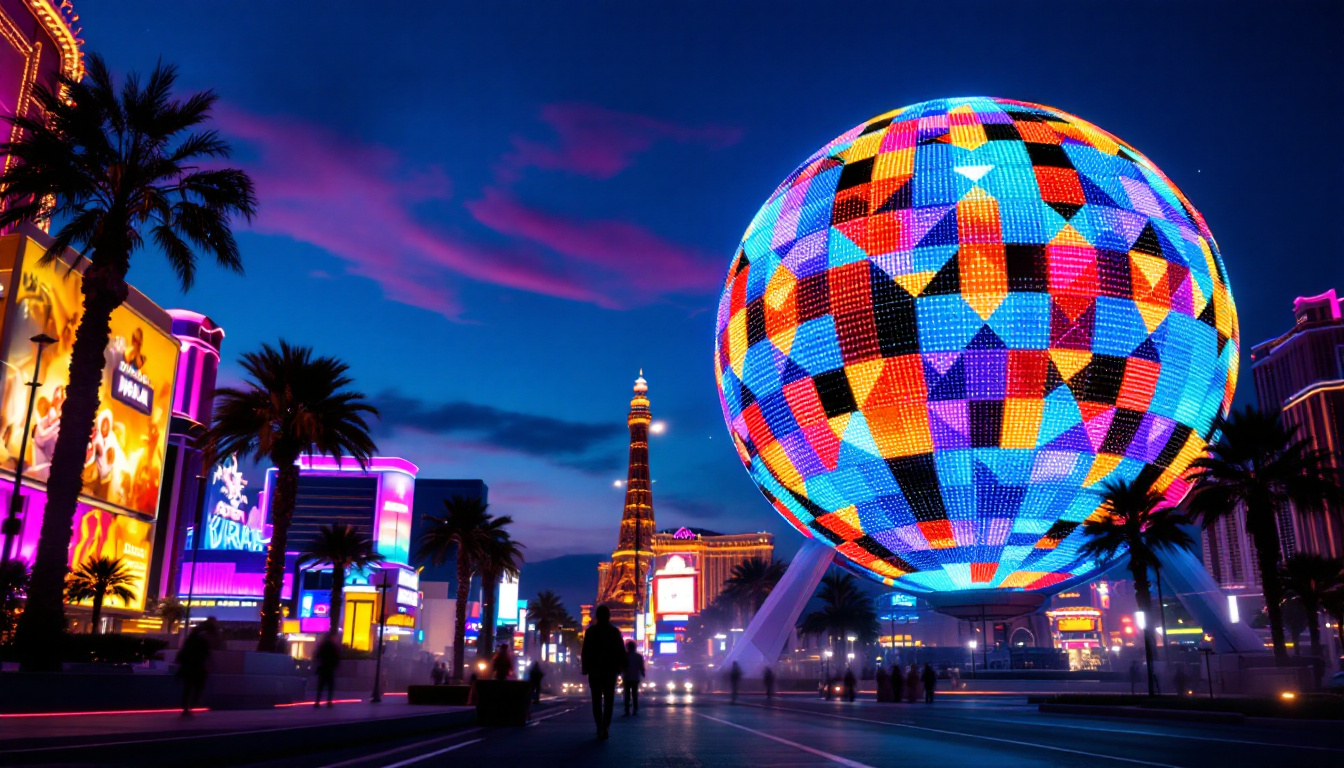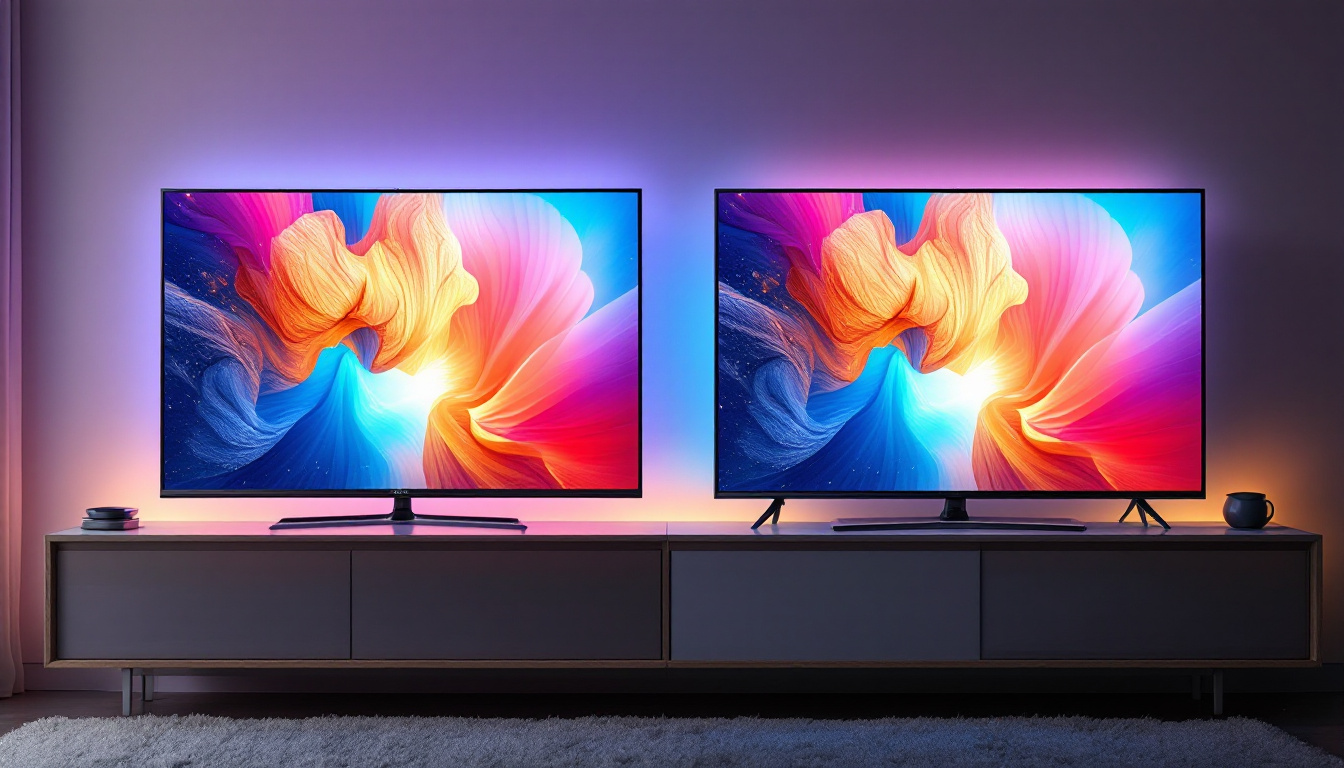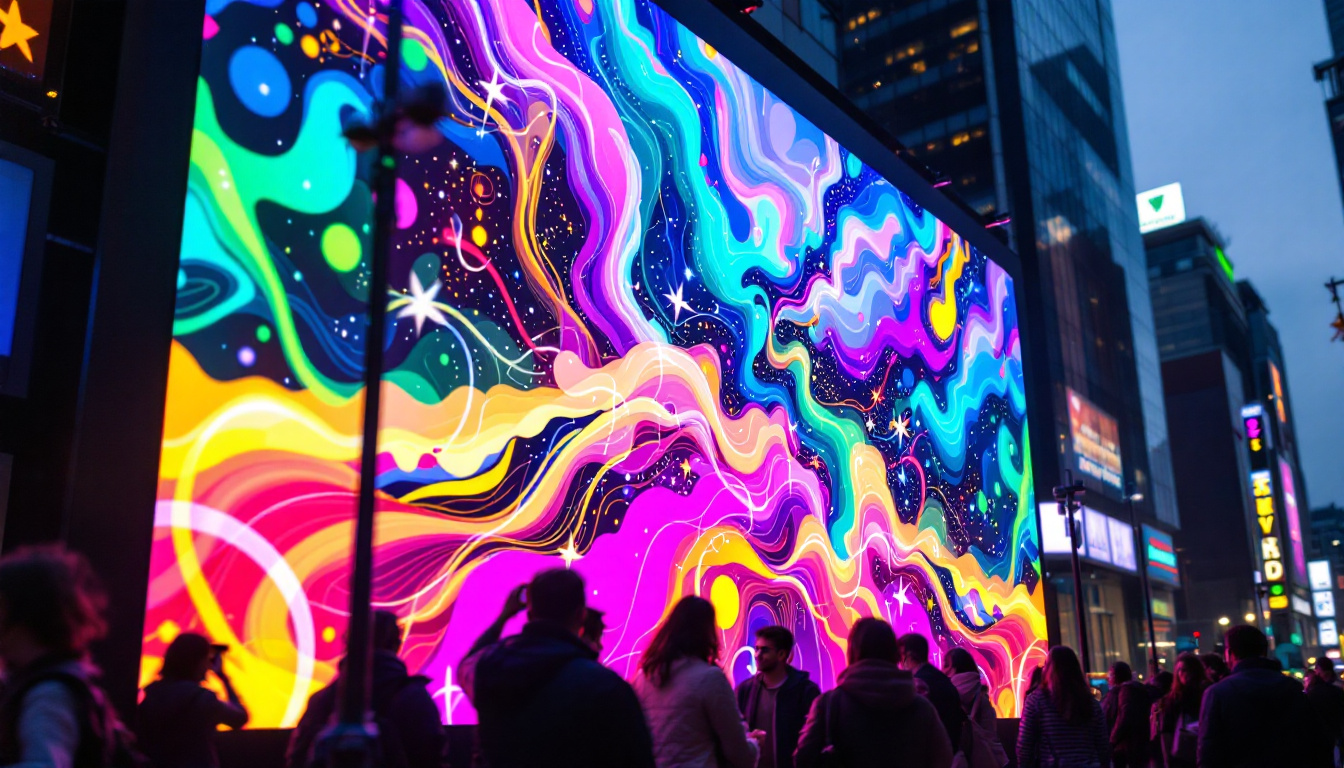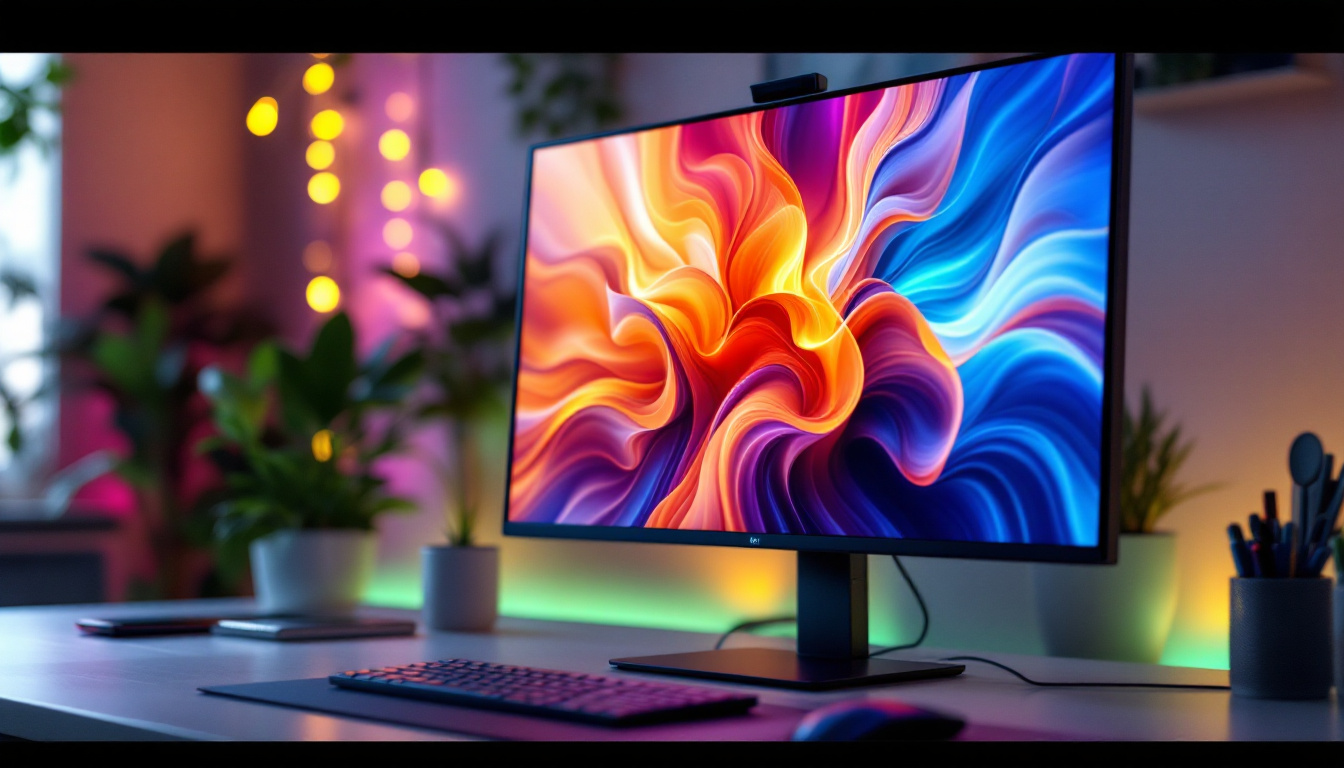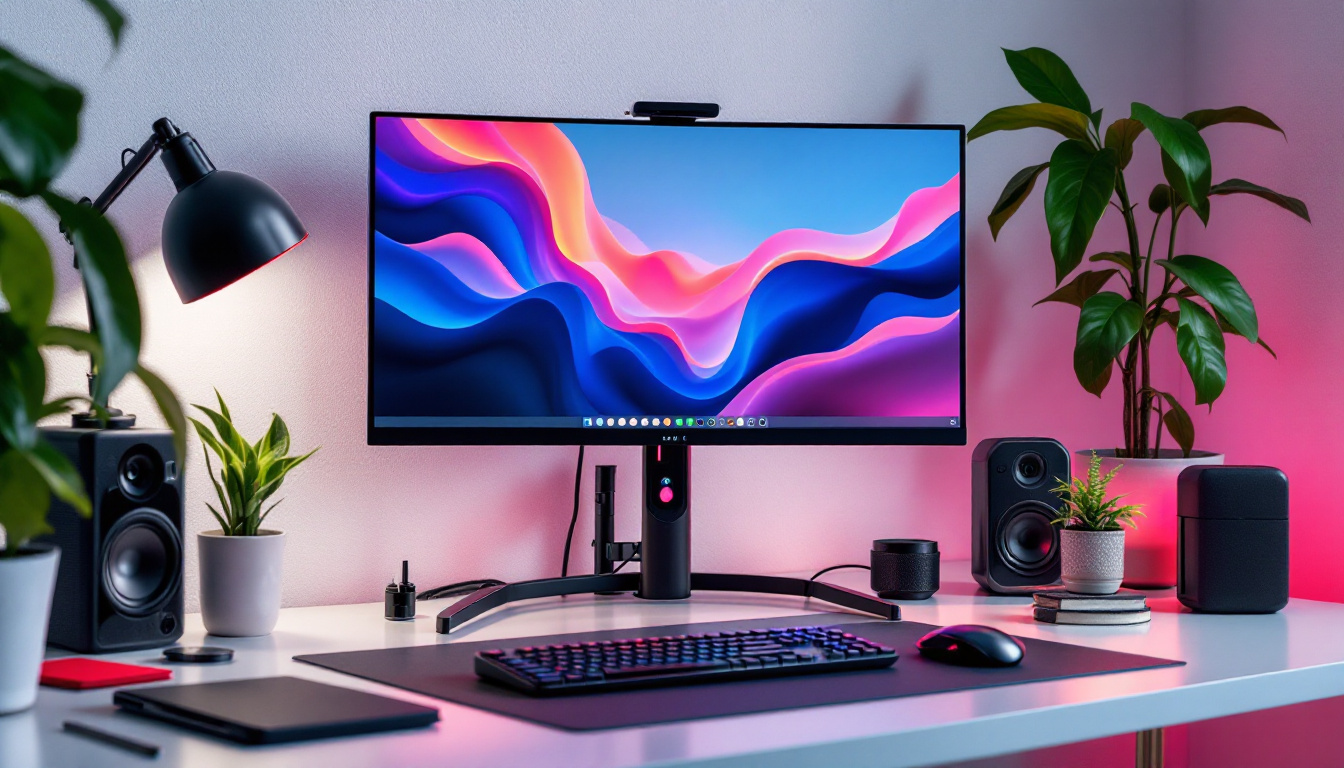In the realm of modern multimedia production, the demand for high-quality displays has never been more pronounced. As content creators, musicians, and event organizers seek to enhance their visual presentations, the portable studio equipped with LED displays has emerged as a game-changer. This article delves into the intricacies of LED displays, exploring their technology, advantages, applications, and the future of portable studios.
Understanding LED Technology
Light Emitting Diodes (LEDs) are semiconductor devices that emit light when an electric current passes through them. This technology has revolutionized the way displays are designed and utilized, particularly in portable studio setups. Unlike traditional LCD screens, which rely on backlighting, LED displays produce their own light, resulting in brighter and more vibrant images. The efficiency of LEDs also contributes to lower energy consumption, making them an environmentally friendly choice for lighting and display applications.
Moreover, the longevity of LED technology is another significant advantage. LEDs can last up to 25 times longer than incandescent bulbs, reducing the need for frequent replacements and maintenance. This durability is particularly beneficial in commercial settings where displays are in constant use, leading to substantial cost savings over time.
How LED Displays Work
At the core of an LED display is a matrix of tiny LED bulbs that can be individually controlled to create a wide range of colors. Each pixel on the screen is made up of red, green, and blue (RGB) LEDs, which combine to produce the full spectrum of colors. This capability allows for exceptional color accuracy and brightness levels, making LED displays ideal for various applications. The precise control of each LED also enables dynamic content to be displayed, enhancing the viewer’s experience with animations, transitions, and real-time updates.
The technology behind LED displays can be categorized into two main types: direct view and projection. Direct view LED displays consist of individual LEDs arranged in a grid, while projection systems utilize LEDs to project images onto a surface. Both types have their unique advantages and are suited for different environments and purposes. For instance, direct view displays are often favored for their sharpness and clarity in close-range viewing, while projection systems are ideal for larger audiences, allowing for expansive visuals that can fill a wall or screen.
Types of LED Displays
LED displays come in various forms, each tailored for specific uses. The most common types include:
- Indoor LED Displays: These are designed for use in controlled environments such as studios, theaters, and conference rooms. They offer high resolution and color accuracy, making them perfect for video presentations and live performances. Additionally, indoor displays often feature advanced technologies like HDR (High Dynamic Range) to enhance contrast and detail in images, providing a more immersive viewing experience.
- Outdoor LED Displays: Built to withstand harsh weather conditions, outdoor LED displays are typically larger and brighter, ensuring visibility even in direct sunlight. They are commonly used for advertising, concerts, and public events. Many outdoor displays also incorporate features such as anti-glare technology and weatherproof casings, ensuring that they remain functional and visually appealing regardless of environmental factors.
- Flexible LED Displays: These innovative displays can be bent and shaped to fit various forms, providing creative solutions for unique installations. They are often used in art installations and immersive environments. The flexibility of these displays allows designers to explore unconventional shapes and layouts, pushing the boundaries of traditional display technology and creating captivating visual experiences that engage audiences in new ways.
Advantages of LED Displays in Portable Studios
Incorporating LED displays into portable studios offers numerous advantages that enhance the overall production experience. From improved visual quality to versatility, these displays are a worthy investment for any content creator.
Superior Image Quality
One of the most significant benefits of LED displays is their superior image quality. With higher brightness levels and better contrast ratios compared to traditional displays, LED screens deliver stunning visuals that captivate audiences. This quality is particularly crucial in environments where lighting conditions may vary, such as outdoor events or dimly lit studios.
Portability and Flexibility
Portable studios often require equipment that is lightweight and easy to transport. LED displays are typically more compact and lighter than their LCD counterparts, making them ideal for mobile setups. Additionally, the flexibility of certain LED models allows for creative configurations, enabling users to adapt their displays to various environments and presentations.
Energy Efficiency
Energy consumption is a critical consideration for any production setup. LED displays are known for their energy efficiency, consuming significantly less power than traditional displays. This efficiency not only reduces operational costs but also minimizes the environmental impact, making LED technology a sustainable choice for portable studios.
Applications of LED Displays in Portable Studios
The versatility of LED displays makes them suitable for a wide range of applications within portable studios. From live performances to corporate events, these displays can enhance the overall experience for both creators and audiences alike.
Live Performances and Events
In the world of live entertainment, LED displays have become an essential component. Musicians and performers utilize these screens to create dynamic backdrops that enhance their shows. The ability to display high-resolution visuals, animations, and real-time video feeds adds a layer of excitement and engagement for the audience.
Moreover, LED displays can be synchronized with sound and lighting systems, creating a cohesive multimedia experience. This synchronization allows for seamless transitions between different visual elements, contributing to the overall production quality.
Corporate Presentations and Conferences
In corporate settings, LED displays have revolutionized the way presentations are delivered. Businesses can utilize these displays for showcasing products, sharing information, and engaging with clients. The high visibility and clarity of LED screens ensure that presentations are impactful and memorable.
Additionally, the portability of LED displays allows companies to set up professional presentations in various locations, from trade shows to boardrooms. This adaptability is crucial in today’s fast-paced business environment.
Creative Installations and Art Projects
Artists and designers are increasingly turning to LED displays for creative installations. The ability to manipulate light and color opens up a world of possibilities for artistic expression. Flexible LED displays, in particular, allow for innovative designs that can transform spaces and captivate audiences.
From interactive installations to immersive experiences, the use of LED technology in art is pushing the boundaries of creativity. This trend is not only limited to galleries but has also found its way into public spaces, festivals, and events.
Challenges and Considerations
While the benefits of LED displays are numerous, there are also challenges and considerations to keep in mind when integrating them into portable studios. Understanding these factors can help users make informed decisions.
Cost Implications
One of the primary challenges associated with LED displays is the initial investment cost. High-quality LED screens can be expensive, and for those on a tight budget, this may pose a barrier to entry. However, it’s essential to consider the long-term benefits and savings associated with energy efficiency and durability.
Additionally, as technology advances, prices for LED displays are gradually decreasing, making them more accessible to a broader audience. Investing in a reliable LED display can yield significant returns in terms of quality and performance.
Technical Knowledge and Setup
Setting up LED displays may require a certain level of technical knowledge, particularly for more complex configurations. Users must be familiar with the necessary equipment, software, and connections to ensure optimal performance. This learning curve can be daunting for some, but many resources and communities are available to provide support and guidance.
Moreover, understanding the specific requirements for different environments—such as brightness levels for outdoor use or resolution for detailed presentations—can help users maximize the potential of their LED displays.
Maintenance and Longevity
Like any technology, LED displays require regular maintenance to ensure longevity and optimal performance. Dust and debris can accumulate on screens, affecting image quality. Regular cleaning and proper storage are essential to prolong the life of the display.
Additionally, users should be aware of warranty options and service agreements when purchasing LED displays. This foresight can provide peace of mind and protect against potential issues down the line.
The Future of Portable Studios and LED Displays
As technology continues to evolve, the future of portable studios and LED displays looks promising. Innovations in display technology, coupled with the growing demand for high-quality visual content, are driving advancements that will shape the industry.
Emerging Technologies
Future developments in LED technology may include improvements in resolution, color accuracy, and energy efficiency. MicroLED and MiniLED technologies are already making waves, offering even greater image quality and flexibility. These advancements will likely lead to more compact and powerful displays, further enhancing the capabilities of portable studios.
Moreover, the integration of augmented reality (AR) and virtual reality (VR) with LED displays presents exciting possibilities for immersive experiences. As these technologies become more mainstream, portable studios will have the opportunity to create stunning visual narratives that engage audiences in entirely new ways.
Increased Accessibility
As the cost of LED displays continues to decrease, accessibility will improve for a wider range of users. This democratization of technology will empower more content creators, artists, and businesses to leverage high-quality displays in their work. The result will be a more vibrant and diverse creative landscape.
Furthermore, as educational institutions and community organizations recognize the value of LED displays, they may invest in portable studios for workshops, events, and collaborative projects. This trend will foster creativity and innovation across various sectors.
Conclusion
In conclusion, the integration of LED displays into portable studios represents a significant advancement in multimedia production. With their superior image quality, portability, and energy efficiency, LED displays are transforming the way content is created and presented. While challenges such as cost and technical knowledge exist, the benefits far outweigh the drawbacks.
As technology continues to evolve, the future of portable studios and LED displays promises exciting opportunities for creativity and innovation. Whether for live performances, corporate presentations, or artistic installations, LED displays are set to play a pivotal role in shaping the multimedia landscape for years to come.
For those looking to elevate their productions, investing in LED display technology is not just a trend; it’s a step towards a more dynamic and engaging future in the world of multimedia.
Discover LumenMatrix LED Display Solutions
Ready to take your multimedia productions to the next level? Explore LumenMatrix’s innovative range of LED display modules, designed to bring your content to life with unparalleled clarity and vibrancy. Whether you’re looking for an Indoor LED Wall Display, a robust Outdoor LED Wall Display, or specialized solutions like Vehicle LED Displays and LED Sports Displays, LumenMatrix has you covered. Embrace the future of visual communication with our cutting-edge digital signage and LED solutions. Check out LumenMatrix LED Display Solutions today and start creating unforgettable visual experiences.


